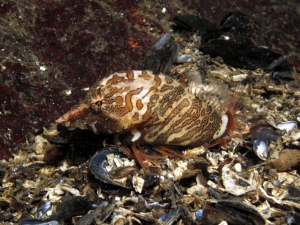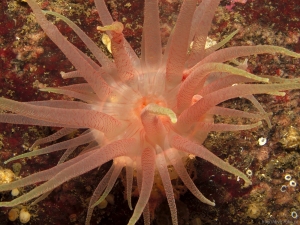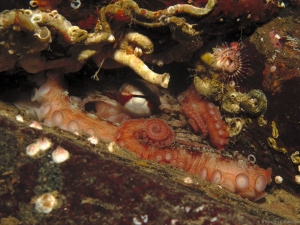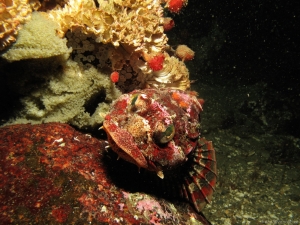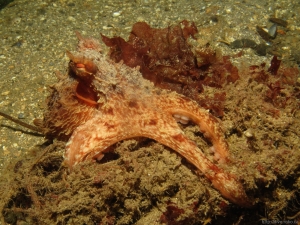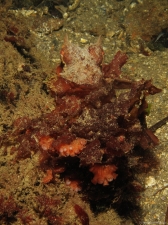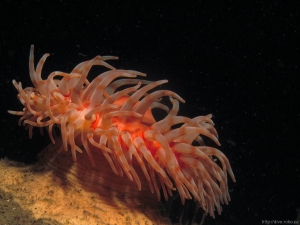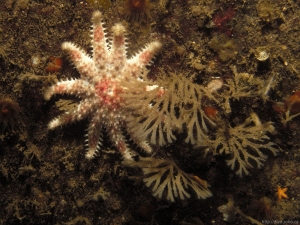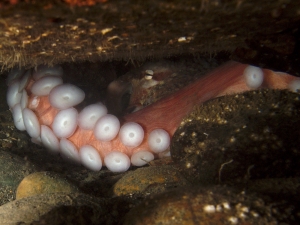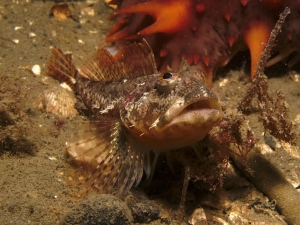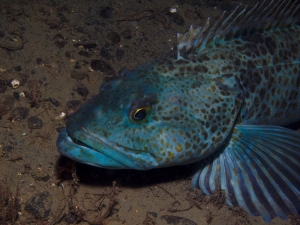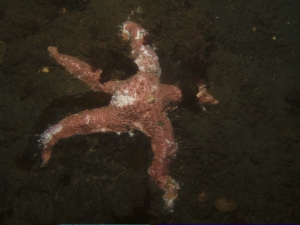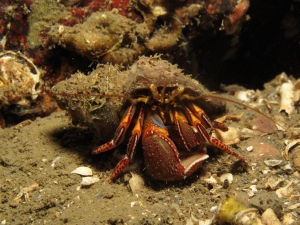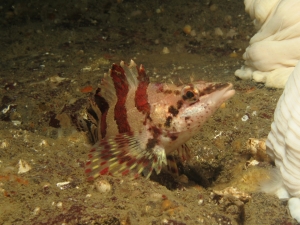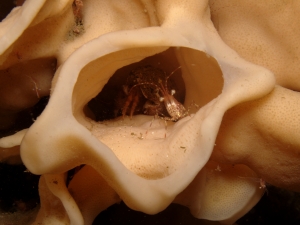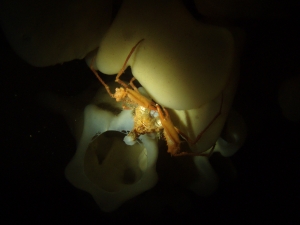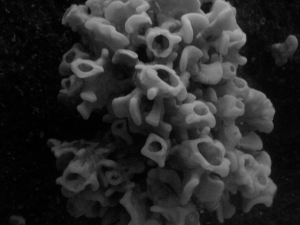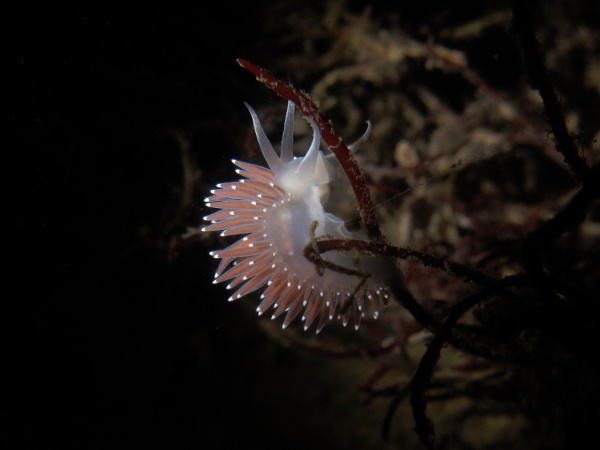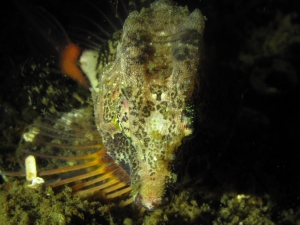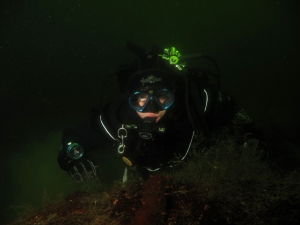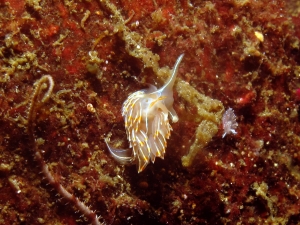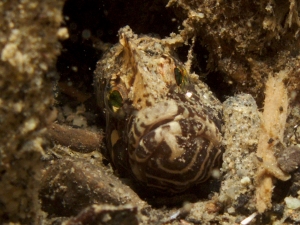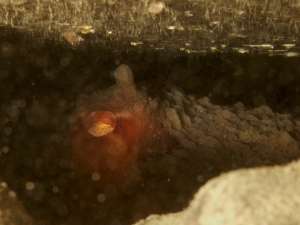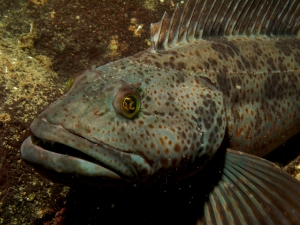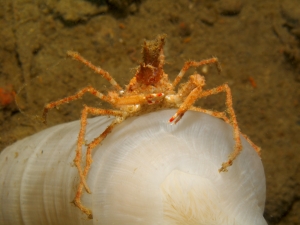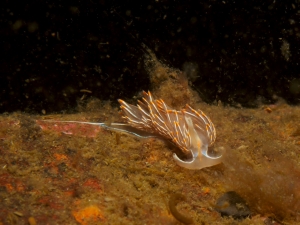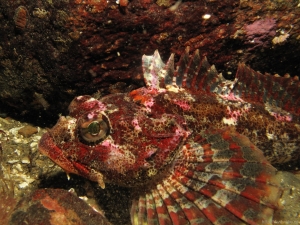After a thwarted dive at Britannia Beach in the morning, I made my way down to Whytecliff Park where Paul and Steve were waiting for me to join them on a dive.
We hopped into the cut for a nice dive. Although it was a bit chilly on the surface, it warmed up a bit once we got below the thermocline. The visibility was amazing by Vancouver standards, and I managed to spot a really good diverse number of critters. Unfortunately I didn’t get any shots I love this time out, but I got some good shots of the different critters I saw.
I’m begining to think my perceived decrease in good photos is being caused by getting too close to the subject. I used to zoom in somewhat, and take photos from futher back, casting smoother lighting with my single strong. I think by getting too close it’s making the lighting too sharp. A second strobe to even things out sure would be nice..
One of the critters was another Grunt Sculpin, which I managed to get some half-decent shots of. One of my favorite local species, and I always struggle to get decent photos. One of the reasons is that I usually see then on a bottom covered in shells, which is really hard to properly expose with the highly-reflective whites. They also don’t like to properly pose, always hopping about on the bottom when you get close…
Plenty of different crabs as well, as evidenced in the top photo, and all the photos in the gallery below.
Not too much else to say about this dive, it was a good way to end off the diving year. Now for a work-induced dry spell, and then back at it again!
The rest of the photos are below:


